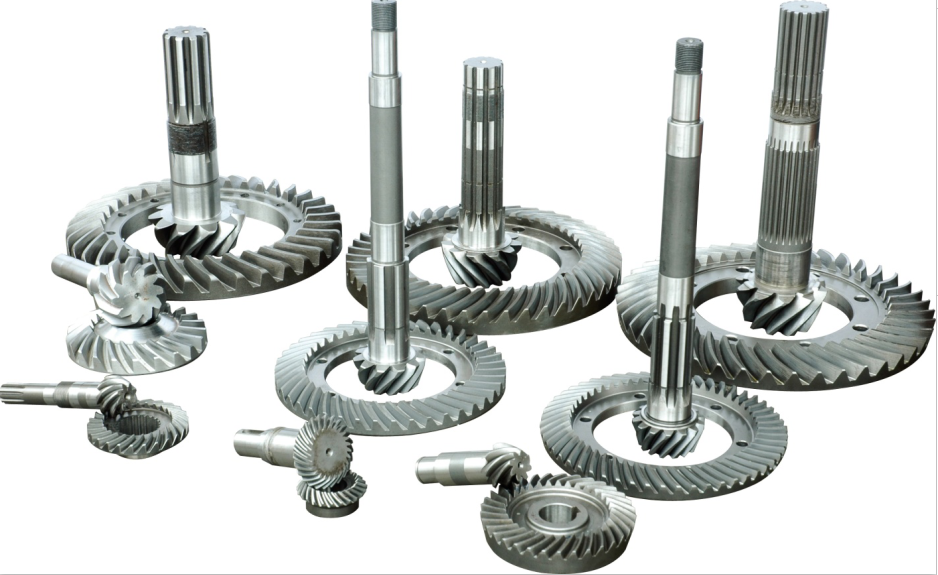
Worm gears play a crucial role in enabling precise and controlled motion in machinery. Their unique design and characteristics make them well-suited for applications that require accurate positioning, smooth operation, and reliable motion control. Let’s explore how worm gears enable precise and controlled motion in machinery:
1. Accurate Positioning:
Worm gears offer precise positioning control due to the nature of their helical thread engagement. The angle of the helix, known as the lead angle, determines the gear ratio and affects the accuracy of motion. By controlling the rotation of the worm, precise positioning of the driven component, such as a robotic arm or a linear actuator, can be achieved.
2. Smooth and Controlled Operation:
The helical design of the worm thread and the meshing with the worm wheel teeth provide smooth and controlled operation. The sliding contact between the worm and the worm wheel allows for gradual engagement, minimizing shock and vibration during motion. This results in a more refined and controlled movement of the machinery.
3. High Reduction Ratios:
Worm gears offer high gear reduction ratios, allowing for precise control over the speed and torque of the machinery. The helical thread of the worm engages with the teeth of the worm wheel, resulting in a significant reduction in rotational speed. This enables fine-tuned control of the machinery, especially in applications where high gear reduction is required.
4. Self-Locking Capability:
One of the key advantages of worm gears is their self-locking capability. The helical thread of the worm and the angle at which it meshes with the worm wheel teeth prevent back-driving, meaning the driven component cannot drive the driving component. This feature ensures that the machinery remains in a fixed position without the need for additional braking mechanisms, making worm gears ideal for applications where holding the load is critical.
5. High Torque Transmission:
Worm gears are known for their ability to transmit high torque. The sliding contact between the worm and the worm wheel teeth provides a larger contact area, allowing for efficient torque transfer. This makes worm gears suitable for applications that require high torque output, such as lifting equipment, material handling systems, and robotics.
6. Compact Design:
Worm gears have a compact design, making them suitable for applications where space is limited. The right-angle configuration of the worm and worm wheel allows for efficient power transmission in a smaller footprint, enabling the integration of worm gears into machinery with tight spatial constraints.
7. Versatility:
Worm gears are versatile and can be used in various machinery and equipment across different industries. They find applications in robotics, automation, conveyors, valve actuators, packaging machinery, and many other systems that require precise and controlled motion.
By providing accurate positioning, smooth operation, high reduction ratios, self-locking capability, and efficient torque transmission, worm gears enable precise and controlled motion in machinery. Their unique characteristics make them indispensable components in applications where accurate and reliable motion control is paramount.
